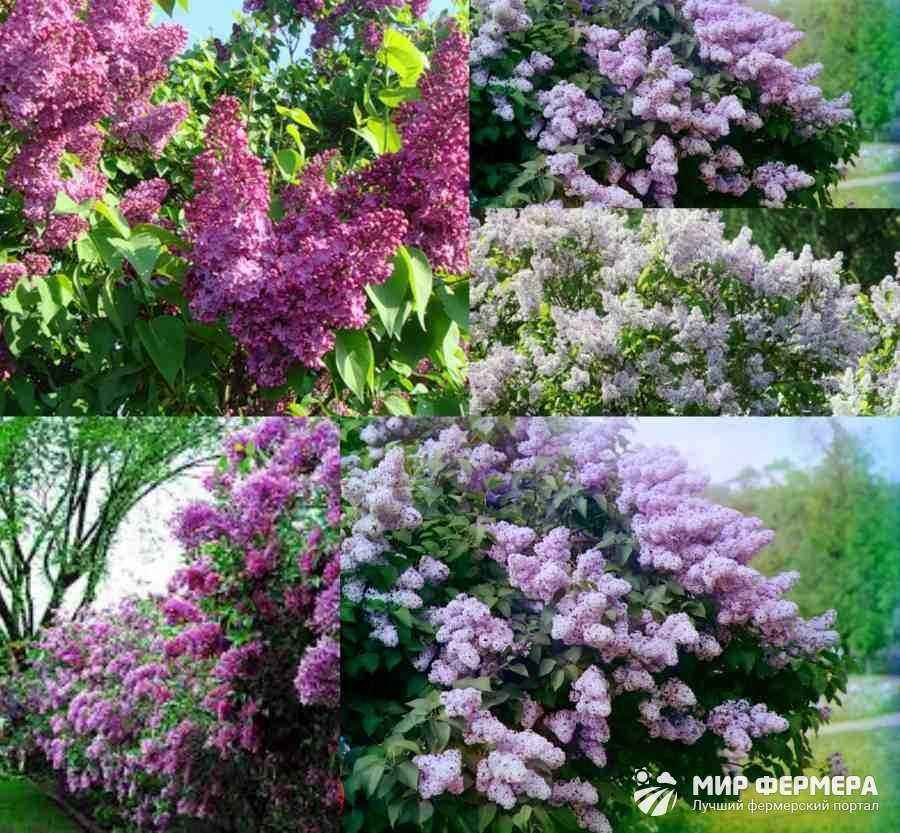When grown in the tropics, the tree knowledge can give fruit up to three families due to its fertility. It is a sweet, delicate and geometrically impressive fruit that comes from the Averroa plant. So don’t wait and start preparing everything you need to grow your own bilimbi tree.
Description
This rare exotic fruit is very popular in Thailand, Malaya and Singapore. In India, where it usually grows in gardens, bilimbi has run wild in the warmer regions of the country.
Outside of their natural habitat, bilimbi are difficult to find and are grown by very few producers, although it is not that difficult to grow.
Bilimbi is closely related to carambola, but is very different in appearance, fruiting form, taste and application. The only strictly English names are “cucumber” and “wood sorrel”.
Bilimbi is a widespread name in India. Many people are more familiar with the close relationship: Averrhoa carambola (Star Fruit), whose foliage is very reminiscent of bilimbi. Leaves and fruit flavor knowledge very similar to Phyllanthus acidus (gooseberry otaheit), although these plants are not related.
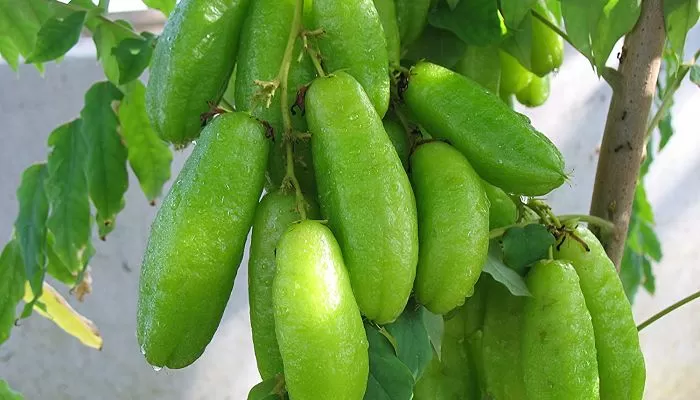

Bilimbi Botany
- Latin name: Averrhoa bilimbi
- Other names: cucumber, belimbing, tree sorrel.
Bilimbi varieties
Bilimbi has no varieties. However, it has been reported to have sweet varieties such as:
- Averrhoa dolichocarpa
- Averrhoa leucopetala
- Averrhoa microphylla
- Averrhoa minima Perr.
- Averrhoa sinica Hance
Types of bilimbi
- In the star bilimbi then averroa clover , the acerol or currant Taiti are shrubs of the Filantaceae family, originating in South Asia or on Madagascar and in currently cultivated in various tropical regions of Asia, Polynesia and America.
- Averrhoa bilimbi – fruit tree of the genus Averrhoa , families
- Averrhoa carambola is a species of tree in the family Oxalidaceae, native to tropical Southeast Asia. It has several common names such as carom, carom, and five corners.
- It is a small tree or shrub 5 to 12 m tall with pink or purple-red flowers. The flowers are small, bell-shaped, with five petals with whitish edges.
- Flowers are often grown year-round in tropical conditions. The tree is grown in tropical and semi-tropical regions for its edible fruit and medicinally.
Colours
Branches are medium green on the upper surface, pale below. Small fragrant 5-petal flowers, yellowish green or purple with a dark purple hue.
Forms
Unripe fruits become crunchy, when ripe they change color from bright green to yellowish green, ivory or almost white and fall to the ground. The skin is shiny, very thin, smooth and tender, while the flesh is green, jelly-like, juicy and very sour. Seeds are flattened, disc-shaped.
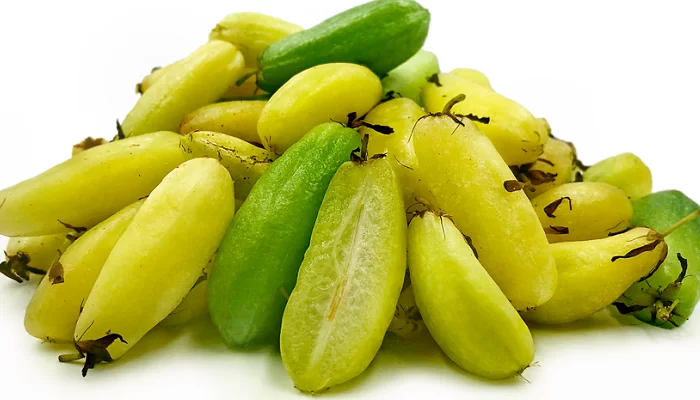

How to grow bilimbi in the garden
Plant your bilimbi in a garden in full sun, away from other trees, buildings, and power lines. Along with warm temperatures, this plant needs a well-drained soil with an extremely active pH, better fertilization and wind protection. Additional watering may also be required as bilimbi do not tolerate drought.
Bilimbi care
High temperatures: bring out the best in bilimbi plants. In summer, it actively grows, blooms and bears fruit in abundance. In tropical regions, plants will thrive and bear fruit throughout the year.
For flowering to begin, the temperature must be at least 60 ° F. Full sun is a prerequisite for better flowering and fruiting.
Top dressing bilimbi: balanced fertilization during the growing season from spring to autumn is essential for optimal fruit production.
Slow release organic or granular fertilizers are a good option and can be added to containers every few months.
Iron chlorosis can sometimes occur in plants, especially during the winter months. This is manifested in the interveinal yellowing of the young. This can be remedied by adding chelated iron in a foliar spray. Symptoms often resolve in hot summer weather.
Root system : Root the system is resistant to root diseases from which many plants suffer.
Harvest bilimbi
The tree begins to bloom around February and then blooms and bears fruit more or less continuously until December. They need careful handling due to their thin skin. They cannot be kept on hand for more than a few days.
As a rule, once ripe, the trees produce large yields of fruit for a long season. One tree often produces hundreds of fruits.
seed
Ripe bilimbi fruits contain up to twelve oval-shaped seeds, ranging in length from 1/4 to 1/2 inch. Only healthy bilimbi seeds with a glossy dark brown seed coat should be used for propagation.
Seeds lose their germination quickly, so plant immediately after removing them from the fruit to increase your chances of success. No pretreatment or stratification is required for bilimbi seeds to germinate, but seeds for two to three days do benefit from being soaked in water for 24 hours to revitalize them.
flowers
The flowers grow in small, hairy panicles that protrude directly from the trunk and older, thicker branches and some twigs, as well as curious bunches of fruit.
It will bloom for most of the year. The highest fruit yield is observed in summer, when temperatures reach 80s and above.
Properties and benefits of bilimbi
Nutritional value per 100 g of edible part:
- Moisture 94,2-94,7 g
- 0.61 g protein
- Fiber 0,6 g
- Ash 0,31-0,40 g
- Calcium 3,4 mg
- Phosphorus 11,1 mg
- Iron 1.01 mg
- Caroteno 0.035 mg
- Thiamine 0.010 mg
- Riboflavin 0.026 mg
- Niacin 0.302 mg
- Ascorbic acid 15,5 mg
Food uses
Bilimbi is generally considered too sour to be eaten raw, green and raw fruits are prepared as a condiment, served with rice and beans.
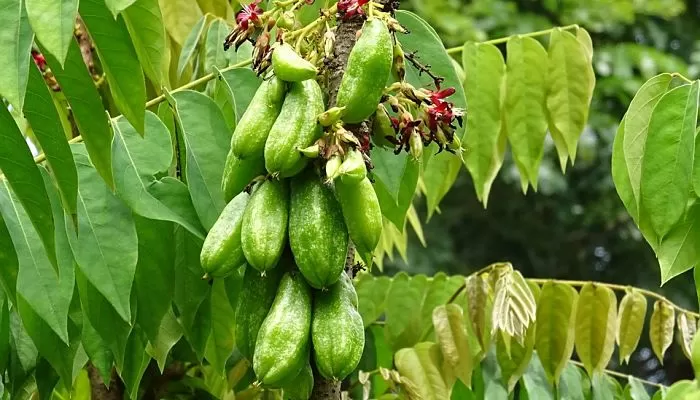

Medical use
The leaves are used in the form of a paste or catapult for itching, edema from parotitis and rheumatism, as well as for skin rashes. Elsewhere, they are used for the bites of poisonous creatures.
Fruit combined with pepper is eaten to induce sweating when people feel “unhealthy.”

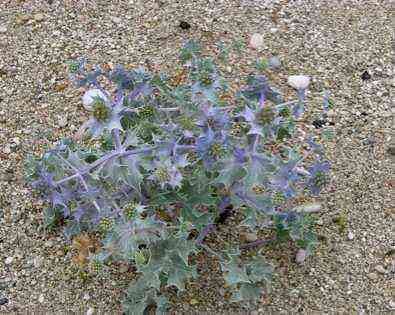
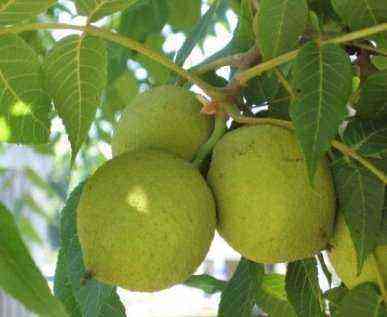
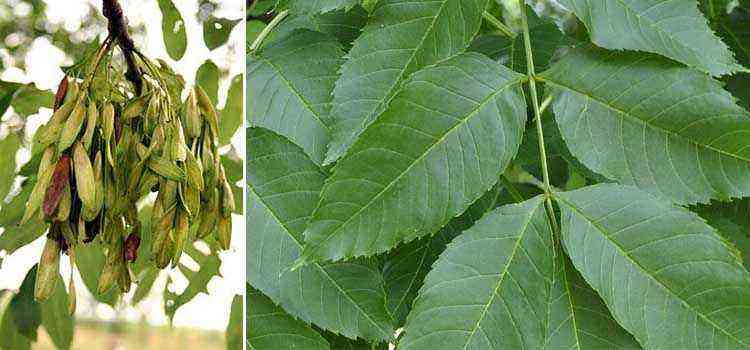
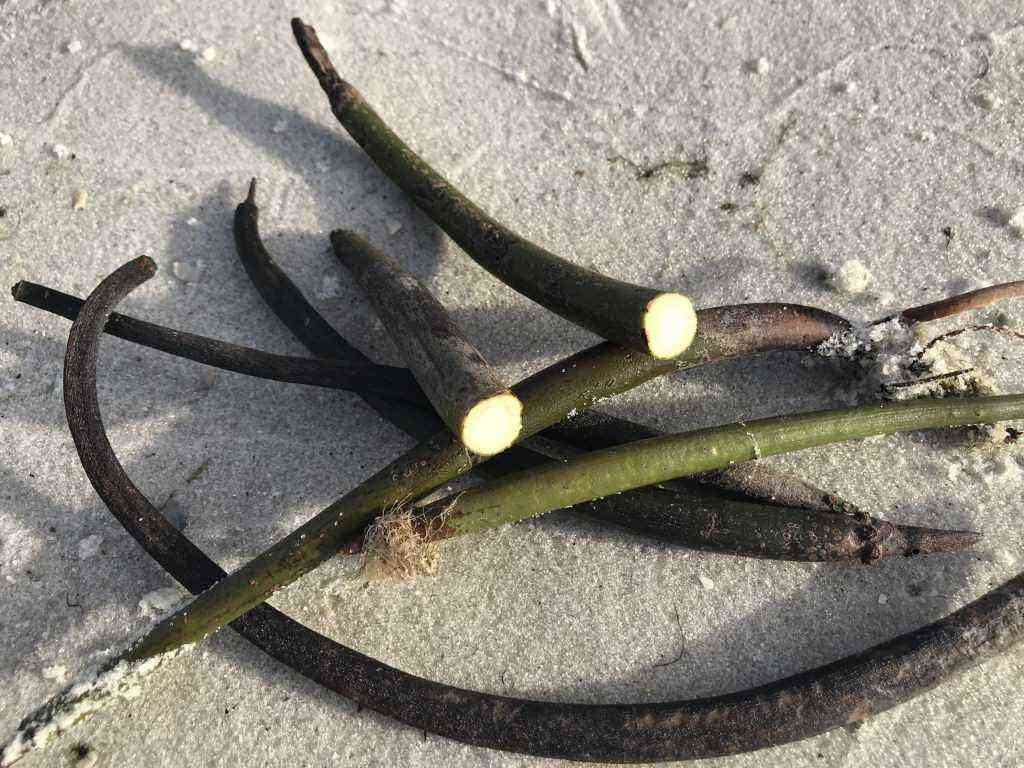

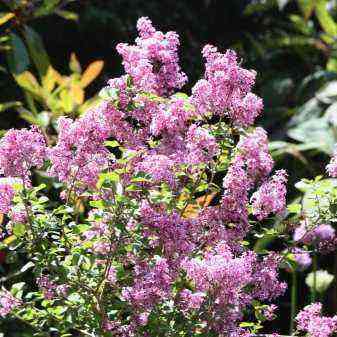


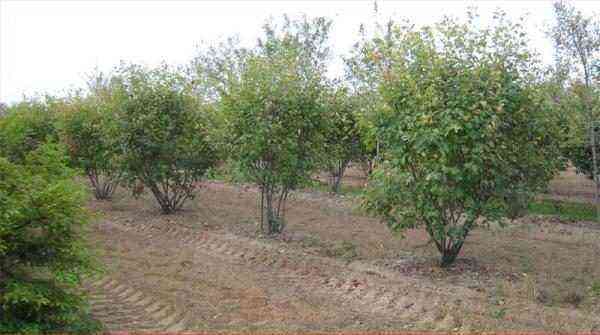

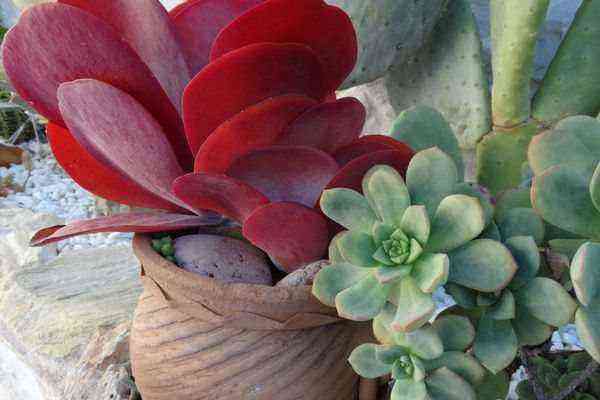
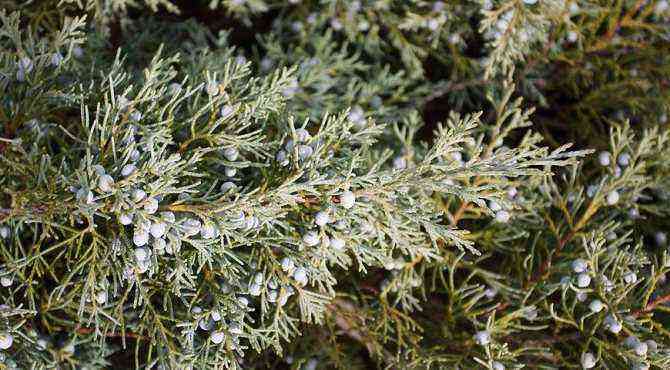
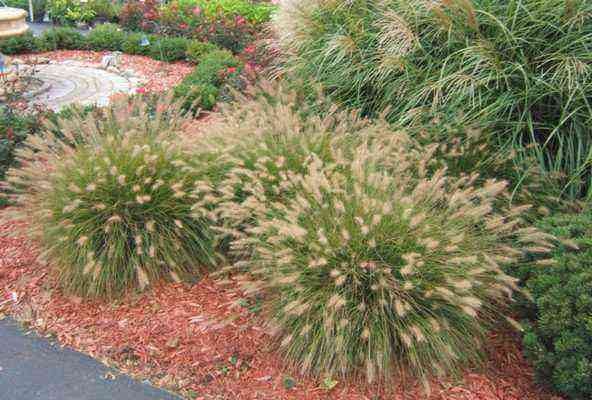


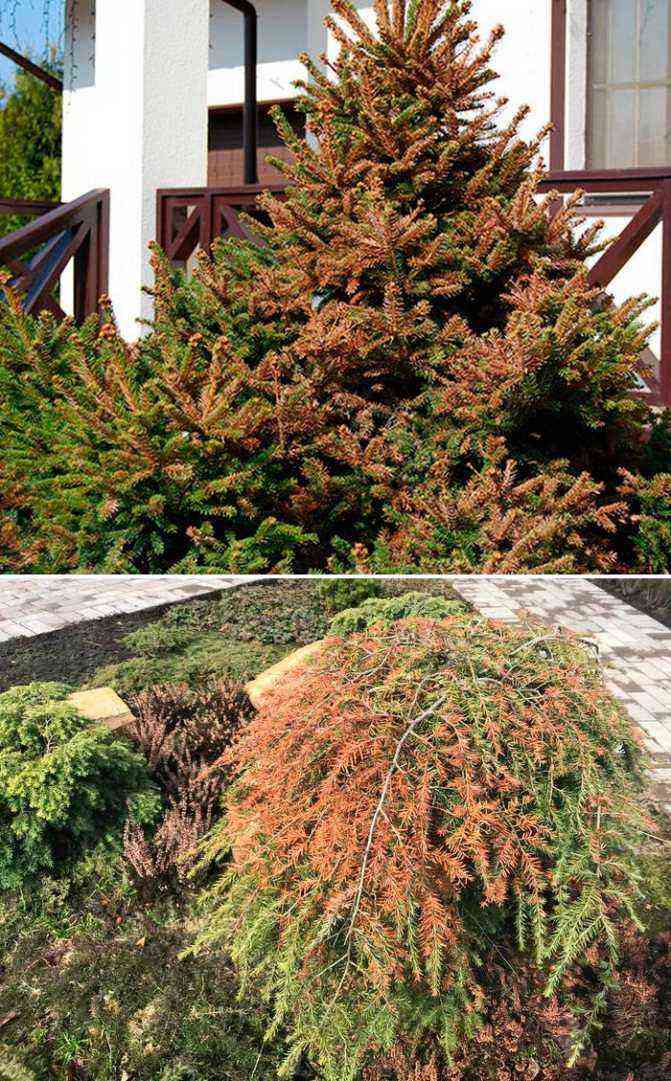
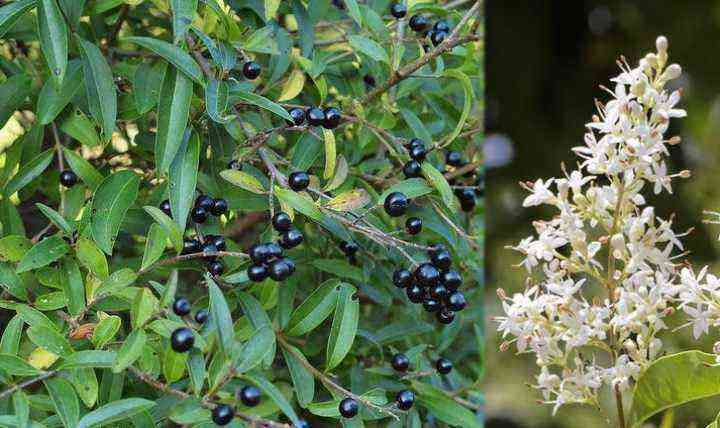
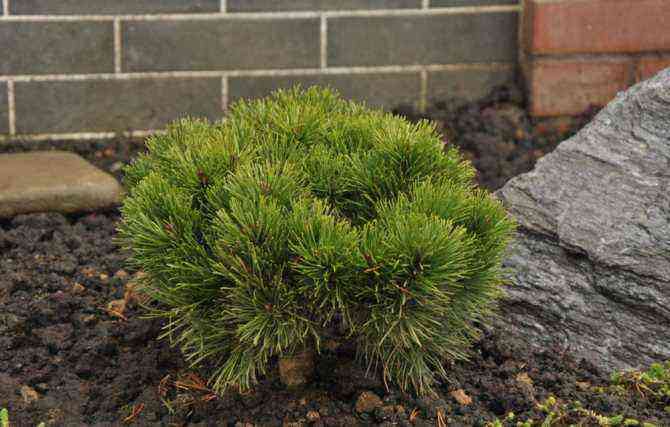
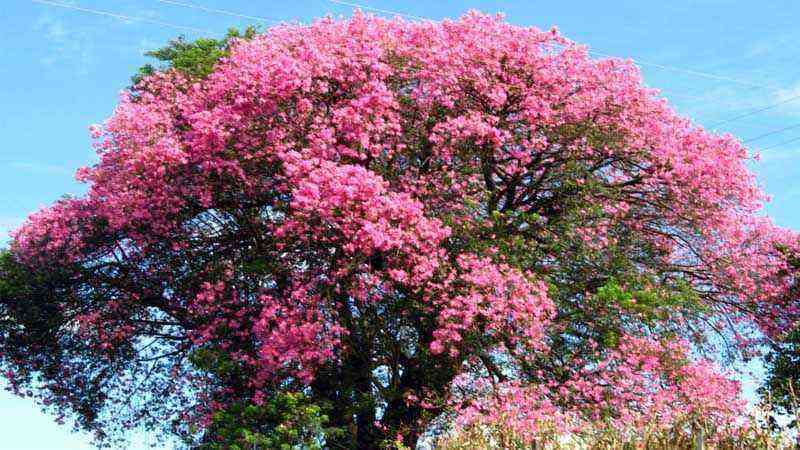
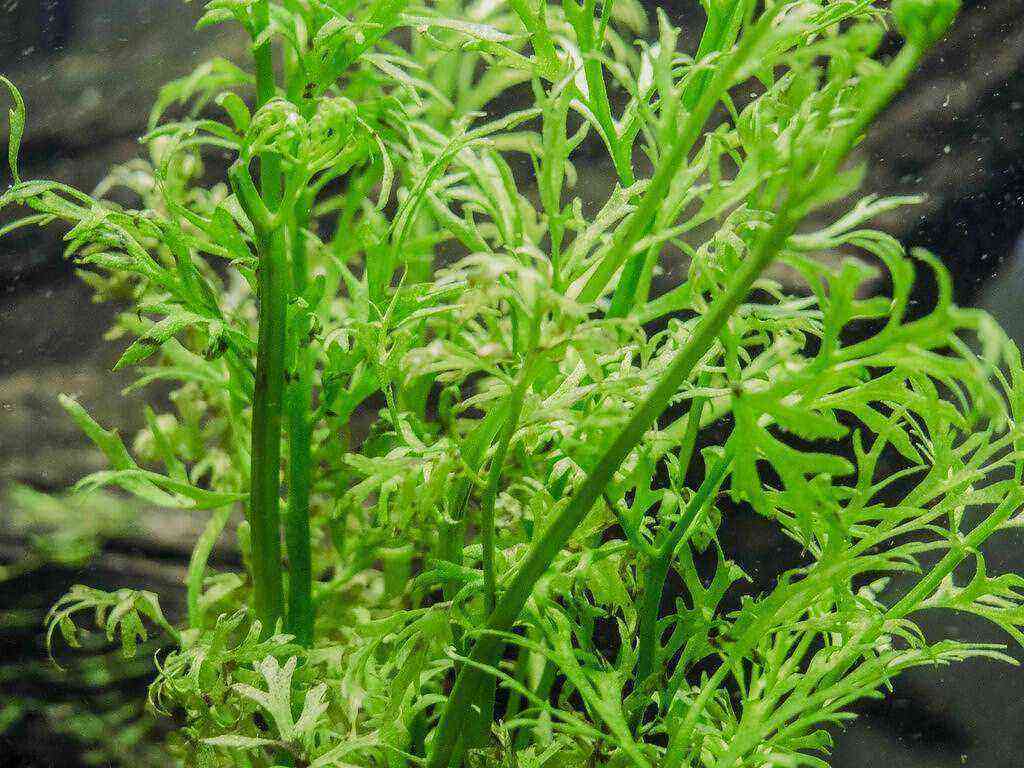

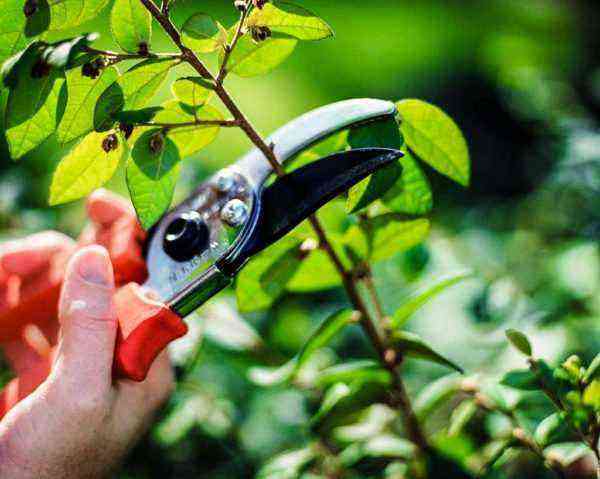
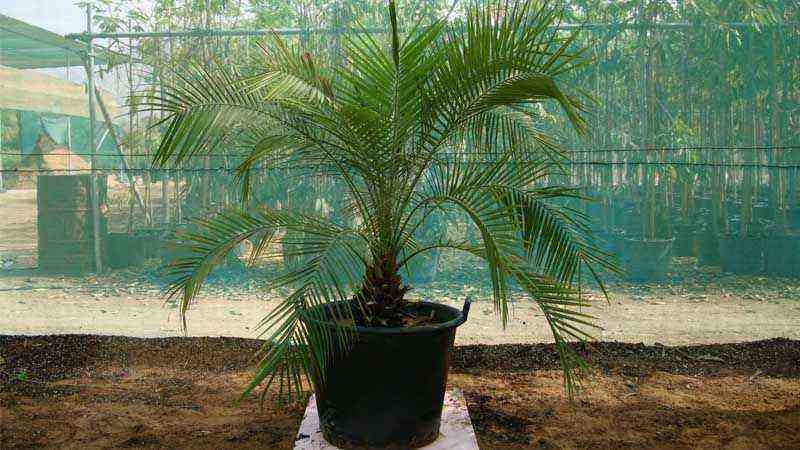



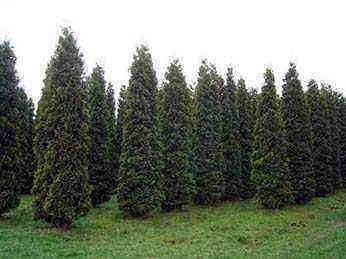
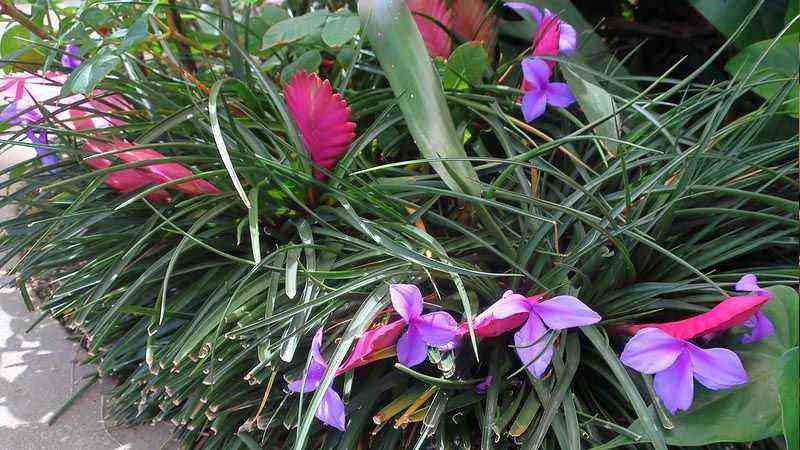
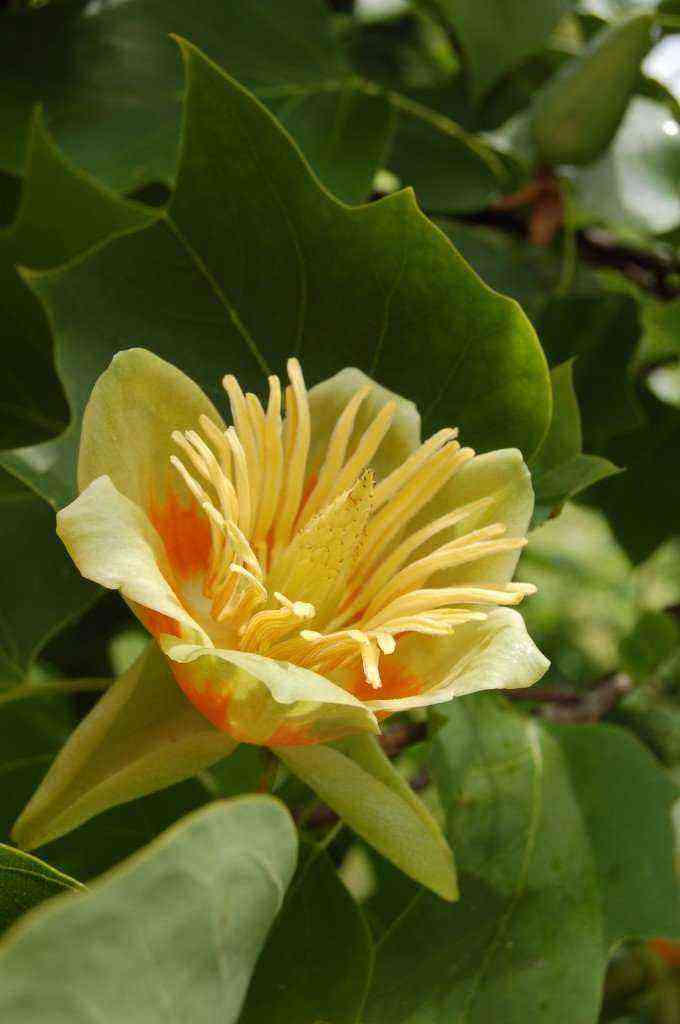

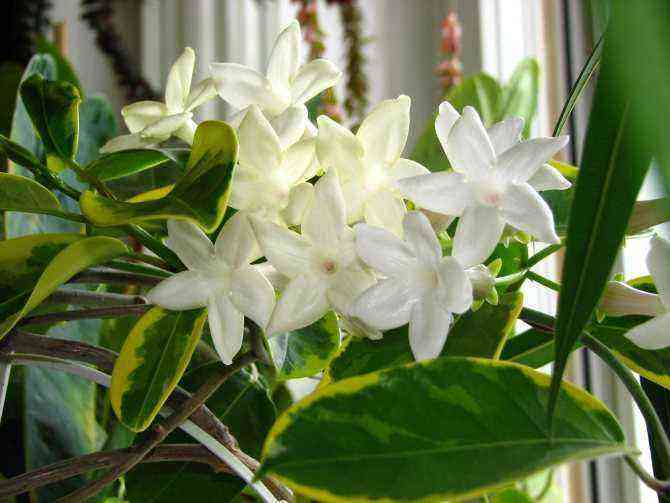

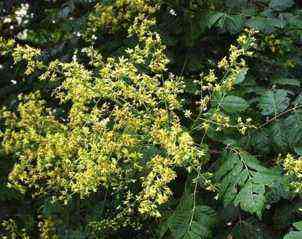
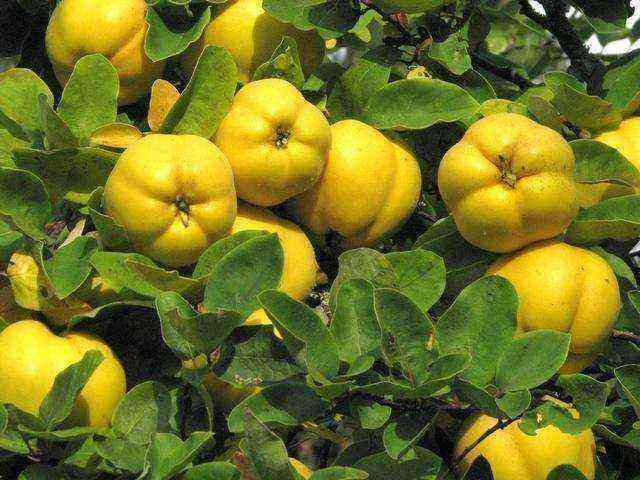
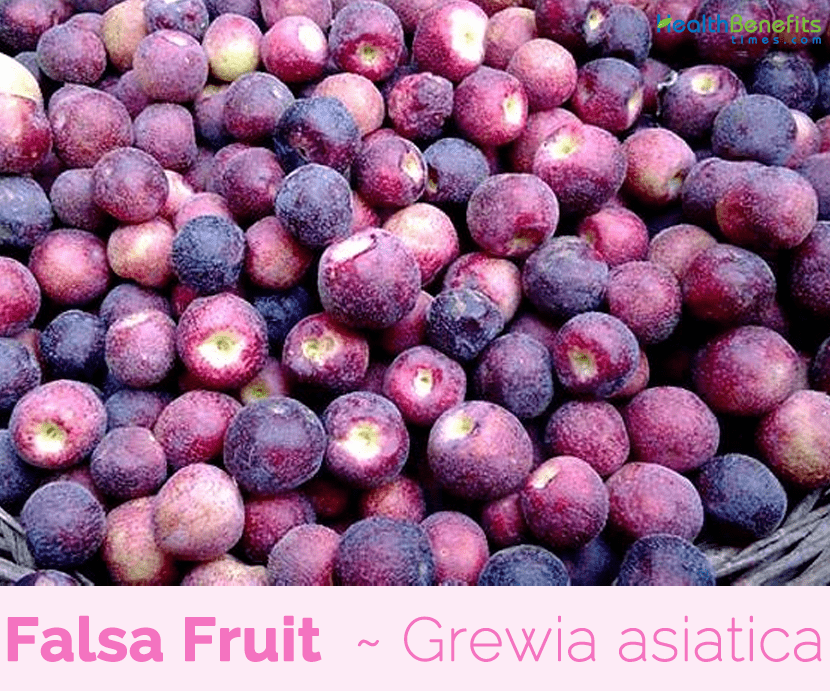
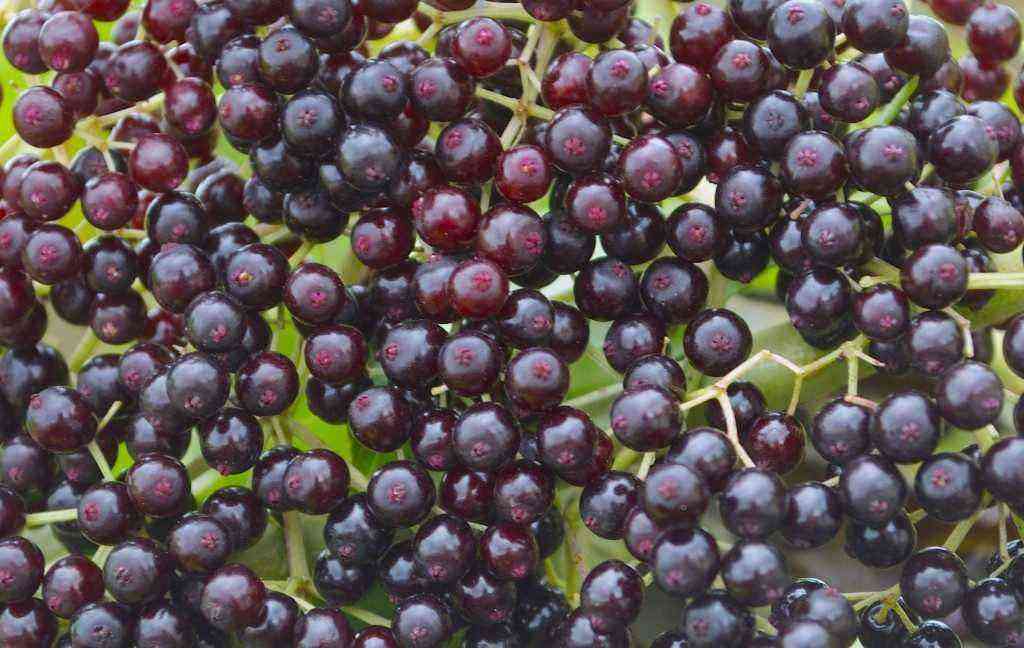
![Cultivation of Manihot esculenta [Cassava, Cassava] Cultivation of Manihot esculenta [Cassava, Cassava]](https://farmer-online.com/wp-content/uploads/2021/05/Cultivation-of-Manihot-esculenta-Cassava-Cassava.jpg)
